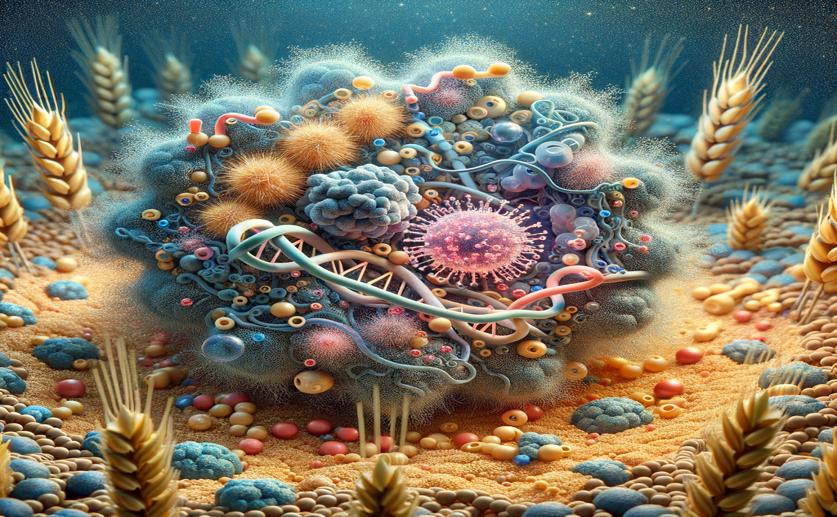
How a Key Protein Controls Toxins and Metabolism in a Wheat Disease
Jim Crocker
11th August, 2024

Image Source: Natural Science News, 2024
Key Findings
- Researchers at Curtin University studied the role of the PnVeA gene in the fungus Parastagonospora nodorum, which affects wheat crops
- Deleting the PnVeA gene in the fungus led to growth abnormalities and stopped it from producing spores, reducing its ability to infect wheat
- The deletion also decreased the fungus's virulence and disrupted the expression of key genes needed for infection, highlighting PnVeA's crucial role in the fungus's pathogenicity
References
Main Study
1) The Velvet transcription factor PnVeA regulates necrotrophic effectors and secondary metabolism in the wheat pathogen Parastagonospora nodorum
Published 10th August, 2024
https://doi.org/10.1186/s12866-024-03454-7
Related Studies
2) The global burden of pathogens and pests on major food crops.
3) Plant genes hijacked by necrotrophic fungal pathogens.



 10th August, 2024 | Jenn Hoskins
10th August, 2024 | Jenn Hoskins